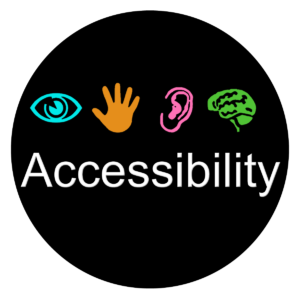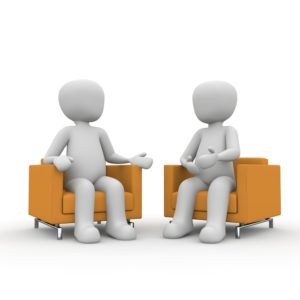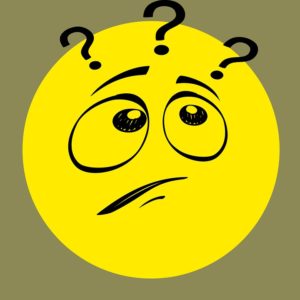
How To Start
Beginning is the hardest part of any project. Accessibility is no different. Some people think it is good to start small and I don’t disagree.
Take, for example, alt-text on digital images. The alt-text, or alternative text, can help your webpage with its SEO (how well search engines ‘find’ it). So a number of content creators simple put the SEO title into the alt-text and move on.
It is also what screen-readers read to users who are visually impaired in some way. A simple way to make a webpage with images more accessible is to write alt-text that actually describes the image. You don’t have to leave out the SEO Title to do this.
This only takes seconds to do when you are creating a page and if you have a few minutes to kill you can update the alt-text on older pages too. This means that the alt-text is something small that you can start out with.
However not every museum worker has access to the ‘back end’ of their website. Exhibition designers normally don’t so they can request this step be taken but what can they do themselves?
If you cannot apply simple quick changes to your routine you need to ask yourself where to begin. Ryan Saglio, in article “Four Things I Learned When I Started Thinking about Museum Accessibility”, suggests that the question is wrong.
Don’t start small. Instead ask yourself what is the most important part of your museum. What do you want all of your guests to experience? Start there.
If the highlight of your museum is the statue gallery but the statues are too close together for easy wheelchair maneuverability, you have your starting point. If the statues are not described either by handling replicas or through audio interpretation, you have your starting point. I could go on.
How to Start with supports

If you are a regular on Museologist Notes you know that one of my most common commands is consult with the community. This is the only way to create successful accessibility resources that go beyond alt-text. Even for the alt-text, ask a blind person to check your work.
This is true for all areas of expansion. You can see fron the article on Sheffield that community consultation is what drives museum progress.
If you are new to this and want to tackle access for a specific group (i.e. deaf youth or blind adults) I recommend contacting schools, support groups, and individuals in your community. When I was working on autism resources I contacted the National Autistic Society NAS as well as autistic individuals. This was made slightly easier as many of the individuals already volunteered at the museum in question.
If you create accessible programming without the support of the community in questions two things are highly probable:
- Nobody will know about it. While I like to believe that wheelchair users would look into things like this, I had no clue that wheelchairs were available at the London Zoo and the Natural History Museum.
- If no one knows about it, no one will use it. If no one uses it it will be easy for someone to say that is it unnecessary and defund accessible resources.
Be prepared to hear nothing back. Be prepared to try for months for a single returned message. It is worth it. Ideally you will be able to build off that one connection to create a focus group or to interview various people. No community is uni-dimensional. All are diverse and, to accurately reflect that diversity in your programming, you must make an effort to include diverse voices.
How to Start with Language

see below in the resources tag the AAM (American Association of Museums) definitions page. This is a great starting point. The article stresses how important it is to define your terms at the start.
On my FAQ page I define Access as it pertains to Museum Spaces. That definition did not work for one of my employers. She could not divorce ‘accessibility’ from ‘law’ and could not marry it with ‘finance’.
By ensuring the whole team is on the same page at the start will help keep your team on task and on the same page. Spending time focusing on definitions can also help you focus on the goals you have. Remember that the community you are engaging with may have different definitions.
If that is the case try to work together to marry the two definitions into one cohesive one.
Resources
Four things I learned about Accessibility

Pingback:Exploring London Zoo | Museum Spaces
Pingback:Museologist Notes 8 : Accessible Evacuation | Museum Spaces
Pingback:Museologist Notes 7 | Staff Diversity | Museum Spaces
Pingback:Museologist Notes 6 is Sandy Flat a Museum | Museum Spaces
Pingback:Returning home to the AGN | Museum Spaces
Pingback:A School trip to Sheffield | Museum Spaces